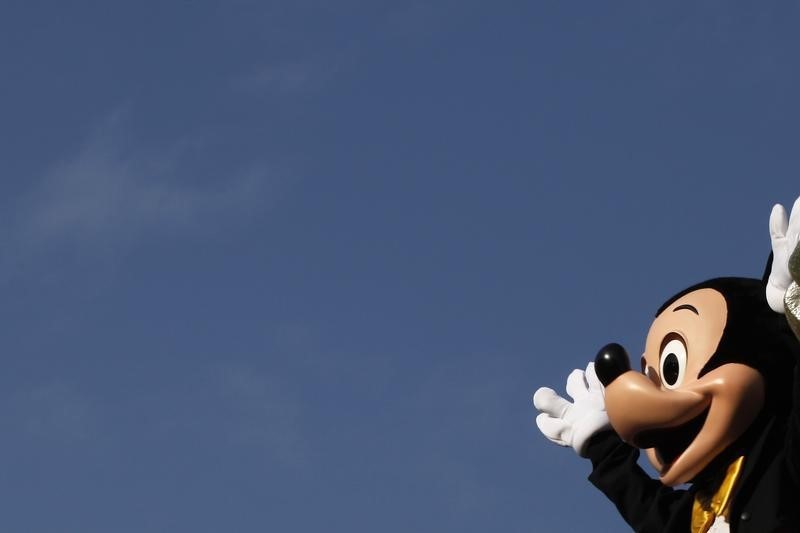This post was originally published on this site

“We’ve been in ongoing negotiations with Charter Communications for some time and have not yet agreed to a new market-based agreement,” Disney said in a statement. “As a result, their Spectrum TV subscribers no longer have access to our unrivaled portfolio of live sporting events and news coverage plus kids, family and general entertainment programming.”
Charter, for its part, said the multichannel video product is too expensive and offers inadequate package options, leading to customer attrition and accelerated losses. While Charter said it still values video as part of its connectivity offerings, the product’s value has eroded, and the ecosystem is fractured. Charter proposed an alternative model for better consumer and industry value, but Disney, a key partner, insisted on a traditional, inflexible long-term deal with higher rates. Consequently, Disney declined Charter’s proposal, resulting in the removal of its video channels from Charter’s lineup on August 31st.
Presently, Charter bears an annual programming cost of approximately $2.2 billion to Disney, without factoring in the effects of advertising revenue for both parties. Additionally, only around 25% of Charter’s video subscribers actively interact with Disney content.
Charter said Disney pulling the content will impact its operations and financials. Over the short term, the move will lead to a significant decrease in ongoing expenses. However, there will be one-time costs involved, such as managing customer inquiries and potentially issuing customer credits. This change may also disrupt regular operations to some extent. However, the anticipated reductions in video revenue could potentially be balanced out by the savings generated from lower programming costs and other cost-cutting measures.
Charter said its goals are clear: either establish a sustainable video model for consumers or explore alternative business approaches for enhancing connectivity relationships. This approach differs from traditional carriage disputes. While Charter seeks an agreement with Disney, the decline in Disney/ESPN viewers subscribing to Charter’s video services reduces the incentive to impose high costs on remaining customers. Charter believes in the potential of a compelling Charter-branded video product within their connectivity portfolio. A partnership model can aid Disney’s Direct-to-Consumer (DTC) migration and combat cord-cutting. The company said both Disney and Charter have the opportunity to reshape the industry for mutual benefit, but they must decide to move forward together or move on.

